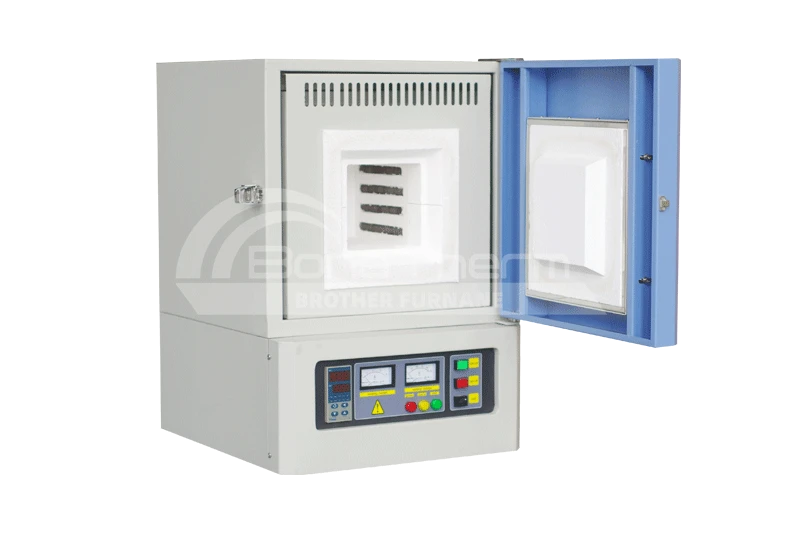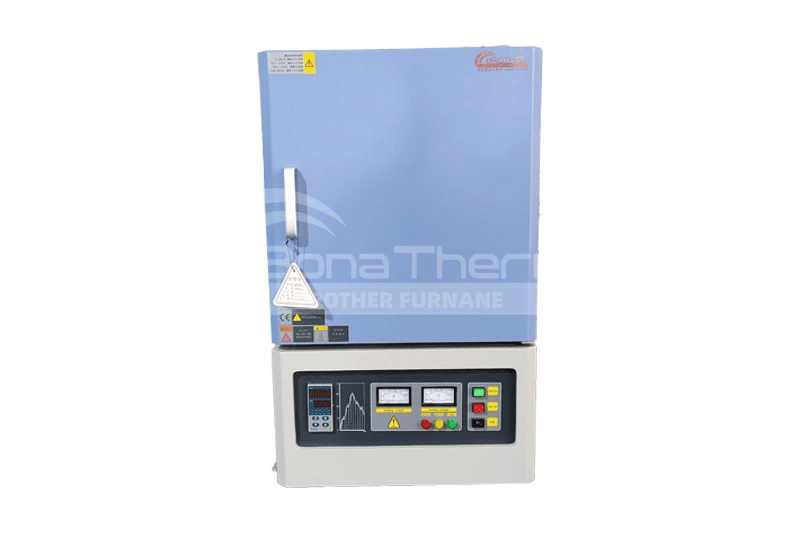Introduction
Ashing is the process of heating a sample to remove organic matter. This process typically involves subjecting the sample to high temperatures, where the organic material decomposes, leaving behind an inorganic residue known as ash. The purpose of this procedure may be to determine the mass proportion of residual matter (ash) in the sample. In addition, ashing can also be used as an intermediate step in preparing samples for subsequent testing or analysis.
 |  |
Key Features of the Equipment
- High-Temperature Capability: with a temperature of 1200°C, it meets diverse ashing needs.
- Durability: Built with high-quality materials, the furnace chamber is heat-resistant and corrosion-proof, ensuring long-term stable operation.
- Smart Temperature Control System: Equipped with a precise temperature controller, minimizing fluctuations and enhancing experimental accuracy.
- Eco-friendly and Energy-efficient: Optimized design reduces energy consumption and effectively controls emissions, meeting environmental protection standards.
Technical Parameters
| Model | Max temperature(°C) | Inner size (W *H * D) mm | Volume (L) | Power (KW) | Phase | Thermocouple |
|---|---|---|---|---|---|---|
| BR-12N-1 | 1200 | 100*100*100 | 1 | 0.8 | 1 | K type |
| BR-12N-2 | 1200 | 120*120*130 | 2 | 1.2 | 1 | K type |
| BR-12N-3 | 1200 | 150*150*150 | 3 | 2.5 | 1 | K type |
| BR-12N-5 | 1200 | 150*150*200 | 5 | 3 | 1 | K type |
| BR-12N-8 | 1200 | 200*200*200 | 8 | 5 | 1 | K type |
| BR-12N-12 | 1200 | 200*200*300 | 12 | 6 | 1 | K type |
| BR-12N-27 | 1200 | 300*300*300 | 27 | 8 | 1 | K type |
| BR-12N-36 | 1200 | 300*300*400 | 36 | 10 | 3 | K type |
| BR-12N-64 | 1200 | 400*400*400 | 64 | 16 | 3 | K type |
| Chamber size can be customized | ||||||
Applications

- Applications: Laboratories, research institutions, metal analysis, inorganic material ashing, plastic decomposition, mineral testing, etc.
- Industries: Chemical, pharmaceutical, metallurgy, geology, environmental monitoring, and more.





 Get Inquiry
Get Inquiry Send Email
Send Email











